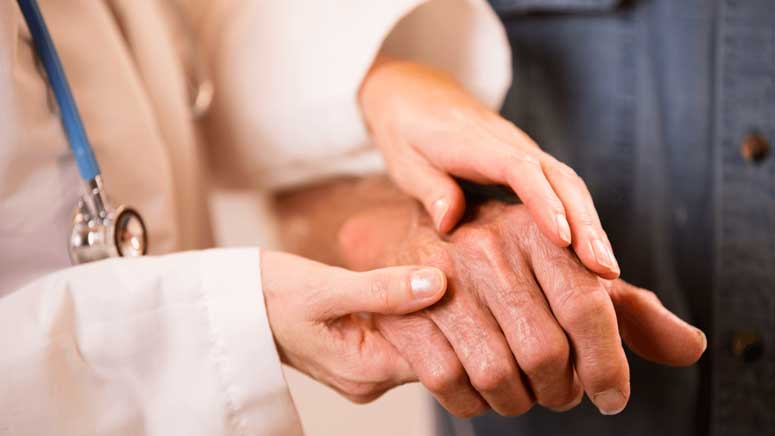Strokes happen when blood flowing to the arteries in the brain [1] is impeded or (in more severe cases) leak or burst. This leads to trauma to the brain and spinal cord, [2] which can cause other manifestations.
Studies show that over 25 percent and 43 percent of people will have a condition called spasticity in the first year after a stroke. This condition occurs because the muscles are stiff and tight, making it hard to expand, move and take care of everyday activities.
In some cases, treatments and lifestyle adjustments can help decrease the seriousness of the condition and its effect on your life.
Exercises can be done to boost neuroplasticity or the brain’s ability to form new pathways to do functions (like regulating muscle tone). [3] You can also stretch and move to prevent some long-term effects of spasticity which include contracture.
In this article, I will be discussing the management of spasticity after a stroke and some exercises that can be done to improve it.
What Is Spasticity After A Stroke?

A stroke can destroy the aspect of the brain responsible for controlling the signals to the muscles. If that happens, you may have spasticity or an abnormal increase in muscle tone. Your muscles may become stiff, tight and painful, making movement difficult.
As a result, the way you speak, move and walk is affected. Your muscles may stay contracted in different positions, like a bent wrist, clenched fist or tucking your thumb into your palm. The effects of spasticity can be seen in the following ways:
- Tight knees
- Tension in the fingers
- Bending your foot at an angle
- Curling in the toes
- Weakness in a foot, causing it to drag when walking
- Bending your arm and holding it tight against the chest
Young people who have had stroke [4] are more susceptible to spasticity. When bleeding is responsible for the stroke, it can also cause spasticity.













